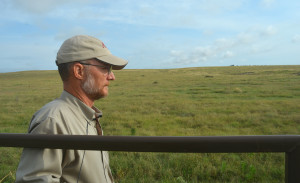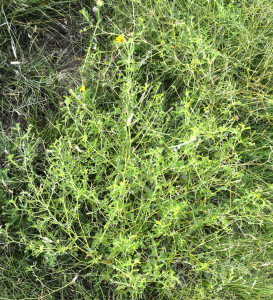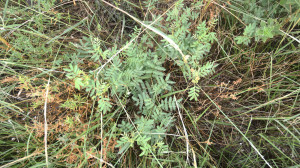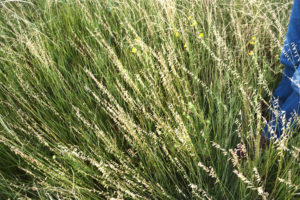Farm & Ranch
Expert: Managing pastures doesn’t_only mean growing grass
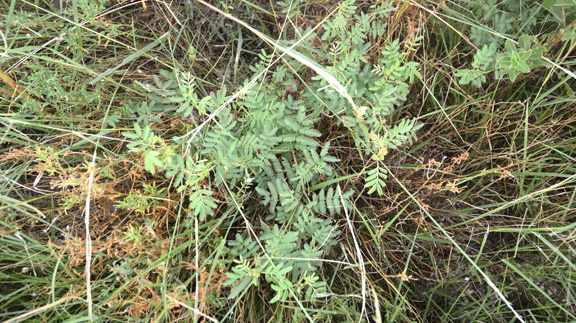
By: Kay Ledbetter
Writer: Kay Ledbetter, 806-677-5608, [email protected]
Contact: Tim Steffens, 806-651-2781, [email protected]
AMARILLO – What a pasture should look like – whether a waving sea of grass or one with diverse vegetation – depends on the cattleman’s final goal and actions taken before rain falls, said a Texas A&M AgriLife Extension Service range specialist.
“With the rains we’ve had this year, the waving sea of grass can be a cattleman’s dream: no weed problems, no brush problems and plenty to eat going into the winter,” said Tim Steffens, AgriLife Extension range specialist in Canyon.
“We don’t get this by accident,” Steffens said. “A lot of what we do before the rains determines what we get when the rains come. And taking care of this country through the drought can have a big, big effect on what happens after the drought breaks like it did this year.”
But management will be the key to determining what the cattle have to eat, and how long it is available and providing sufficient nutrients, he said. Side-by-side pastures can have the same soils and same rainfall pattern but end up with a lot different vegetation.
https://www.youtube.com/watch?v=qQhsgIe5tAQ&feature=youtu.be
“Cattlemen may say they want the grass, and someone interested in wildlife will be ecstatic about the forbs and seeds that can grow,” Steffens said. “A lot of people look at forbs and say that is just a bunch of weeds, but what I want is grass.
“What I tell them all is the grass is like the potatoes in a meal, that’s the energy for the livestock. Where the steak or protein comes from is the forbs.”
This year pastures may have tall, mature sunflowers that have popped out and landowners may think they are no good, but when they are young, they are one of the most palatable forbs for cattle in early spring, Steffens said.
By managing the timing and frequency of grazing, the average intensity of grazing, the distribution of livestock across a landscape, and the opportunity for growth and regrowth, the land manager also can control what comes later, he said.
“Palatability of the different plants varies throughout the year, so we can manage that by timing when we are in a pasture,” Steffens said. “By grazing it at different times from year to year, managing how long we stay and how much we take while we are there, and allowing the desirable plants to recover before being defoliated again, we can increase the relative proportions of desirable plants in the pasture.
“We may also be able to make use of plants that would otherwise not be eaten by using them during the time when they are acceptable.
“Many forbs like catclaw sensitive briar, and legumes like bundle flowers and Englemann’s daisy are high quality plants,” Steffens said. “By mixing a little of these forbs with old dormant grass in the spring, we can really improve the diet quality and cut down on the time we have to be feeding protein supplement or hay to these cattle.
The diversity in vegetation allows the animals to mix plants of different types and take care of their dietary needs, he said.
“So just having grass or just having forbs is probably a bad thing in most cases, but having a mix of them in every pasture can sure be a big boon to us,” Steffens said. “It also provides a way to have something available to respond to rain no matter when it comes.”
He said many of the cool-season grasses like western wheat grass and needle-and-thread grass can be something that will come out early in the season and provide a lot of quality at that time.
“Mixing these cool season grasses with other plants can mean we can go to nearly a 10-month green season up here in the Panhandle,” Steffens said.
-30-
Find more stories, photos, videos and audio at http://today.agrilife.org
Farm & Ranch
Managing Show Cattle Through The Winter

By Heather Welper
Husband and wife duo, Heather and Calvin Welper, are the Co-Owners and Operators or Two C Livestock, located in Valley View, Texas.
The pair’s operation has a show cattle focus where they raise and sell purebred heifers of all breeds and club calf Hereford steers.
When it comes to show cattle, the Welpers know a thing or two including how to prepare for the cold winter months and the Texas major show season run.
To read more, pick up a copy of the November edition of North Texas Farm & Ranch magazine, available digitally and in print. To subscribe by mail, call 940-872-5922.
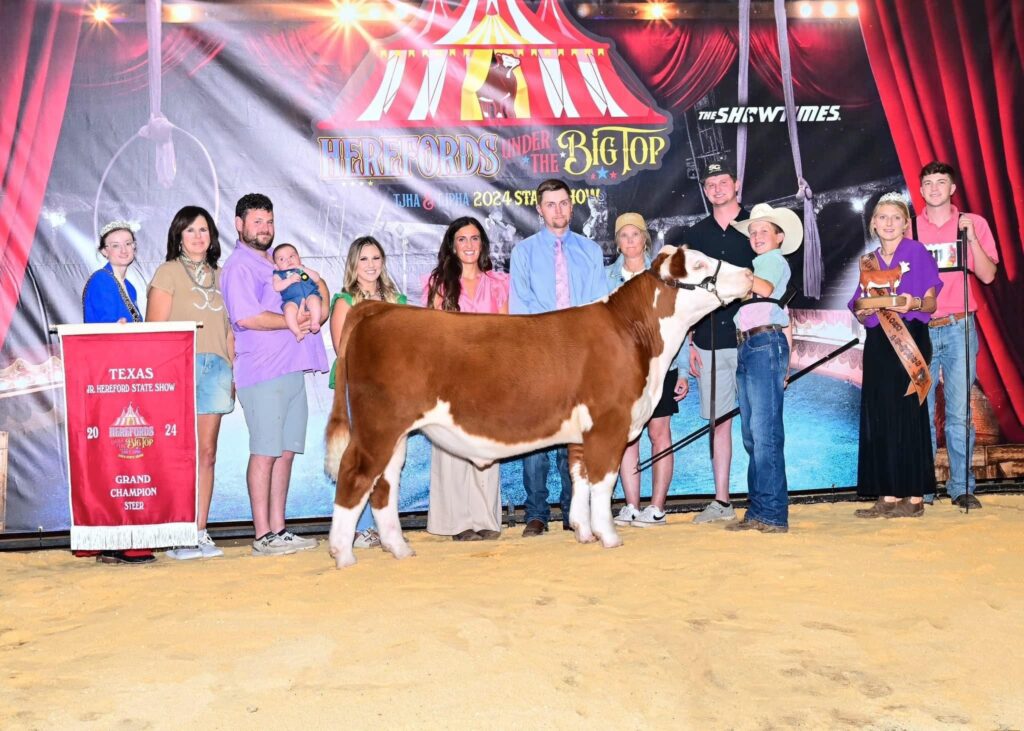
Farm & Ranch
Double M Ranch & Rescue

By Hannah Claxton, Editor
As the sun rises each day, so do the dozens of mouths that Meghan McGovern is responsible for getting fed. Rather than the sounds of a rooster crowing, McGovern hears the bellows and bleats of a variety of exotic deer, the chortle of kangaroos, the grunts of water buffaloes, and the chirps of a lemur.
Nestled against the banks of the Red River, the Double M Ranch and Rescue, with its high game fences and deer sprinkling the landscape,s its in stark contrast to the surrounding ranches.
“Having deer is kind of like eating potato chips- you can never actually have just one,” said McGovern with a laugh.
McGovern has several herds to take care of- fallow deer, axis deer, water buffalo, goats, and bison. In smaller numbers, there’s also a few kangaroos, a lemur, a potbelly pig, a pair of zebras, a watusi, and a few horses.
To read more, pick up a copy of the November edition of North Texas Farm & Ranch magazine, available digitally and in print. To subscribe by mail, call 940-872-5922.
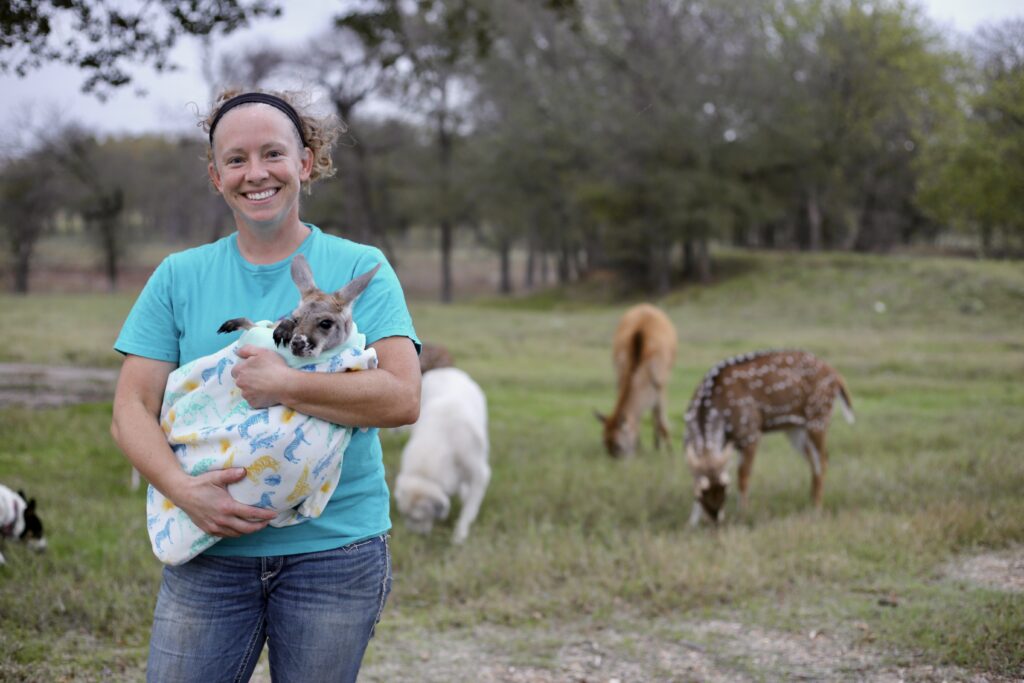
Farm & Ranch
Acorn Toxicity

By Barry Whitworth, DVM, MPH
With the prolonged drought, most pastures in Oklahoma end up in poor condition. With the lack of available forage, animals may go in search of alternative foods.
If oak trees are in the pastures, acorns may be a favorite meal for some livestock in the fall. This may result in oak poisoning.
Oak leaves, twigs, buds, and acorns may be toxic to some animals when consumed.
To read more, pick up a copy of the November edition of North Texas Farm & Ranch magazine, available digitally and in print. To subscribe by mail, call 940-872-5922.

-

 Country Lifestyles2 years ago
Country Lifestyles2 years agoScott & Stacey Schumacher: A Growth Mindset
-

 Country Lifestyles8 years ago
Country Lifestyles8 years agoStyle Your Profile – What your style cowboy hat says about you and new trends in 2017
-

 HOME8 years ago
HOME8 years agoGrazing North Texas – Wilman Lovegrass
-

 Equine1 year ago
Equine1 year agoThe Will to Win
-

 Country Lifestyles5 years ago
Country Lifestyles5 years agoAmber Crawford, Breakaway Roper
-

 Outdoor10 years ago
Outdoor10 years agoButtercup or Primrose?
-

 Country Lifestyles9 years ago
Country Lifestyles9 years agoJune 2016 Profile – The man behind the mic: Bob Tallman
-

 Country Lifestyles8 years ago
Country Lifestyles8 years agoDecember 2016 Profile, Rusty Riddle – The Riddle Way

